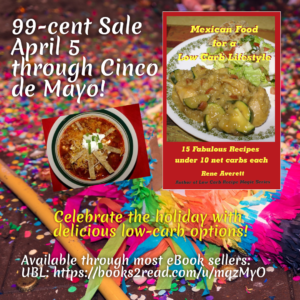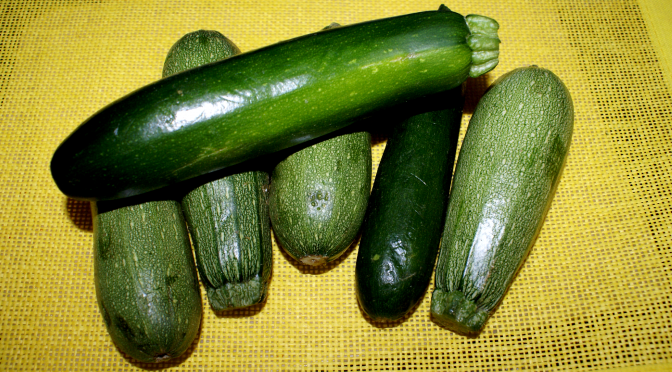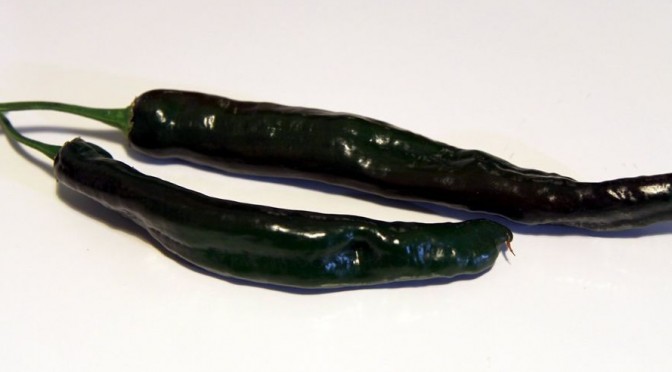Hola! That’s right Cinco de Mayo is coming!
Usually, I wait until the last minute to post a new recipe, but I decide to get a bit ahead this month. Mexican food is so full of spice and flavor that it’s hard to narrow down a favorite choice for celebrating. I’ll add a few links for previously posted dishes that could tempt you, or you can try the one I’m posting today.
 Also, I’d like to remind you I have a Low Carb 15 Mexican Food recipe eBook that is currently on sale for just about any reader. It will be just 99 cents until May 6th. It has 15 (actually 16) recipes to celebrate Mexican Food any time you want. Just ’cause you’re on a Keto or low carb diet doesn’t mean you can’t enjoy the wonderful flavors. In fact, with more and more products being developed for Keto, the choices are growing. I just picked up low carb tortillas from La Tortilla Factory that are zero carb! Don’t ask me how they do it; I am just thrilled to see it! And they taste pretty good.
Also, I’d like to remind you I have a Low Carb 15 Mexican Food recipe eBook that is currently on sale for just about any reader. It will be just 99 cents until May 6th. It has 15 (actually 16) recipes to celebrate Mexican Food any time you want. Just ’cause you’re on a Keto or low carb diet doesn’t mean you can’t enjoy the wonderful flavors. In fact, with more and more products being developed for Keto, the choices are growing. I just picked up low carb tortillas from La Tortilla Factory that are zero carb! Don’t ask me how they do it; I am just thrilled to see it! And they taste pretty good.
Now on to the recipes. First up is a Chile Rellano Casserole. When you want something quick to make, this can come together in about 20 minutes with an addition 40 to 45 minute bake time. If you start with canned chiles, it’s really easy. And it is super low-carb. For the low carb flour, I used Dixie Carb Counters All Purpose Flour, but you can use Carbquik or even coconut flour (use 1/2 tablespoon).

Chile Rellano Casserole
2 (4 ounce) cans chopped green chiles or 6 to 7 whole Poblano or Anaheim chiles
8 ounces Mexican mix Cheese
1 large egg
1/2 cup Almond Milk or 1/4 cup Heavy Cream and 1/4 cup Water
1 tablespoons All-purpose Low carb Flour
4 oz Tomato Sauce or chopped Tomatoes, blended
1/2 cup Ricotta Cheese
1 tablespoon Flaked Onions, dehydrated or 1 quarter cup chopped Onion.
1 cup Diced Chicken (optional)
1/4 teaspoon Salt
1 tablespoon Herb and Garlic seasoning
Preheat the oven to 350 degrees F (175 degrees C). Grease an 8×8-inch baking dish with cooking spray or butter.
If using chopped chiles:
In a large bowl, add eggs, milk, and flour and whisk together. Then add chiles, ricotta cheese, seasoning, and flaked onions. Whisk together until blended. Add chiles, chicken, and 1/2 of the cheese and stir to mix.
Pour the mixture into the baking dish and spread evenly. Sprinkle cheese on top.
If using whole chiles:
If you’re using canned whole chiles, go to the next step. If you’re cleaning fresh chiles, place about six chiles under the broiler and cook until they are charred. Flip them over to get both sides. Place in cold water to loosen the charred skin. Use a paring knife to get the skin loosened and remove it. Cut the stems off, then slice open and remove the seeds and any membrane (ridges) inside unless you want them very spicy.
Lay half the chiles in the baking pan’s bottom, sprinkle 1/4 of the cheese over the top, then lay the other half on top and sprinkle with more cheese.
In a large bowl, add eggs, milk, and flour and whisk together. Then add ricotta cheese, seasonings, and flaked or chopped onions. Whisk together until blended. Add chiles, chicken and 1/4 of the cheese and stir to mix. Pour over the chiles.
Bake in the preheated oven for 25 to 30 minutes until it is set. Pour tomato sauce evenly over the top; continue baking for 15 more minutes.
Turn broiler on. Sprinkle top with remaining cheese. Place under the broiler until cheese is melted, 2 to 3 minutes.
Let cool about 5 minutes before serving. Serves 4.

Since you save so many carbs with the main course, you have enough for a tasty side dish. This Spanish rice is made with riced Natural Heaven Hearts of Palm . You can also use the canned riced hearts of palm. Failing that, I do have a cauliflower rice version here. This is a low carb variation on my grandmother’s recipe, so it’s more Tex-Mex than Mexico, but I love it.
I’ll just mention that Natural Heaven sells a pre-made Southwest Rice with beans and corn. It’s okay, although a little higher in carbs. I tried it and I think it has a vinegar taste to it, but if you’d like to try it, you can order it from Amazon.

Palm Spanish Rice
1 package Natural Heaven Hearts of Palm White Rice
OR 1 can Hearts of Palm Rice
1 8 oz. can Diced Tomatoes with Chile
1/4 cup Diced Onions
1 tablespoon Butter
1 teaspoon Garlic, minced
1 teaspoon Mrs. Dash Spicy Seasoning
1/4 teaspoon Salt
1/2 teaspoon Cayenne Pepper (optional)
In a skillet, add the butter. When melted, add the garlic then stir until it is sizzling. Add the chopped onion and stir for about three minutes until it is fragrant. Add the rice and stir it in for about three minutes.
Add the can of diced tomatoes and chiles and mix it into the skillet until the rice is coated. Add the seasonings and stir. Reduce the heat to a medium simmer and let cook for about 5 minutes.
Makes 4 to 6 servings. The nutrition information is for 4 servings. Six servings are 5.1 net carbs each.

Other Mexican food recipes you might enjoy are:

Enchilladas with Chicken and Zucchini


Note: Nutrition information is based on the ingredients I used in this recipe and my measurements. They are a close calculation and may be slightly higher or lower. Ingredient substitutions may affect the carb count. Different brands may have other carb counts.



 I’m tossing out a shameless plug for my little cookbook that features over fifteen adapted Mexican food recipes. I tried out and adapted every one of the dishes in the booklet to be under 10 net carbs. It includes my grandmother’s TexMex Spanish rice that I grew up with but adjusted to use cauliflower in place of the rice. Delicious and flavorful, yet different from the Mexican restaurant version.
I’m tossing out a shameless plug for my little cookbook that features over fifteen adapted Mexican food recipes. I tried out and adapted every one of the dishes in the booklet to be under 10 net carbs. It includes my grandmother’s TexMex Spanish rice that I grew up with but adjusted to use cauliflower in place of the rice. Delicious and flavorful, yet different from the Mexican restaurant version.







